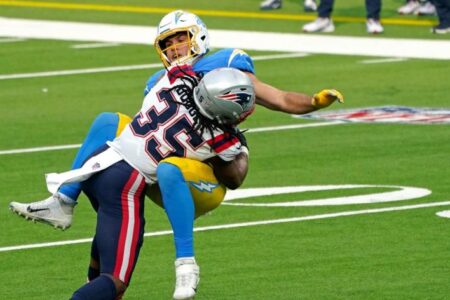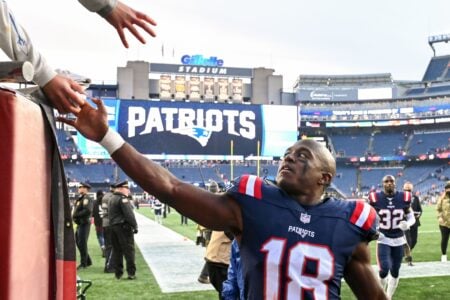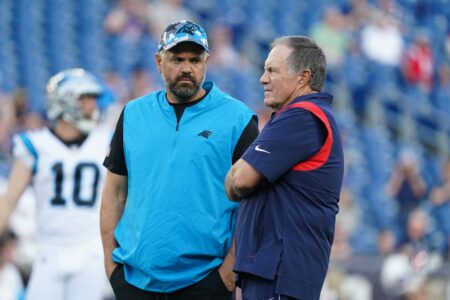BradfordPatsFan
In the Starting Line-Up
- Joined
- May 7, 2006
- Messages
- 2,545
- Reaction score
- 20
Mike Lombardi of SI.com has a great article on how he would deal with an ucapped year.
It is clear that he has worked with Belichick by some of his thoughts...
A certain, precious few players are untouchable.
The term "football-lifer" comes to mind.
BB's blueprint, be the best 1-53 in the league, not just 1-20.
Uh huh. I think we've seen this before.
True BB, only control what you can, do your best otherwise.
In short, if this is the best way to go, BB will have this team very competitive as he is likely already laying the groundwork for dealing with an uncapped situation.
I didn't see this posted already. If need be, please merge.
It is clear that he has worked with Belichick by some of his thoughts...
My first priority will be to develop a list of players that I would call irreplaceable players.
A certain, precious few players are untouchable.
Our team will need young players who love the game and are willing to work on and off the field. We are going to invest time and money into these players and need a commitment back from our investment.
The term "football-lifer" comes to mind.
Each day, the personnel department would evaluate the waiver wire looking for ways to improve our roster, from our 45th player to our 53rd player until the right combination of young players were collected.
BB's blueprint, be the best 1-53 in the league, not just 1-20.
Offensive and defensive linemen will be a huge part of the core. The practice squad and final 10 spots of the roster would be devoted to developing these two positions.
Uh huh. I think we've seen this before.
Because of the threat of no draft, we have to know every player inside and out. We cannot control how the new system will operate, but we can control how we prepare.
True BB, only control what you can, do your best otherwise.
In short, if this is the best way to go, BB will have this team very competitive as he is likely already laying the groundwork for dealing with an uncapped situation.
I didn't see this posted already. If need be, please merge.
Last edited:


















